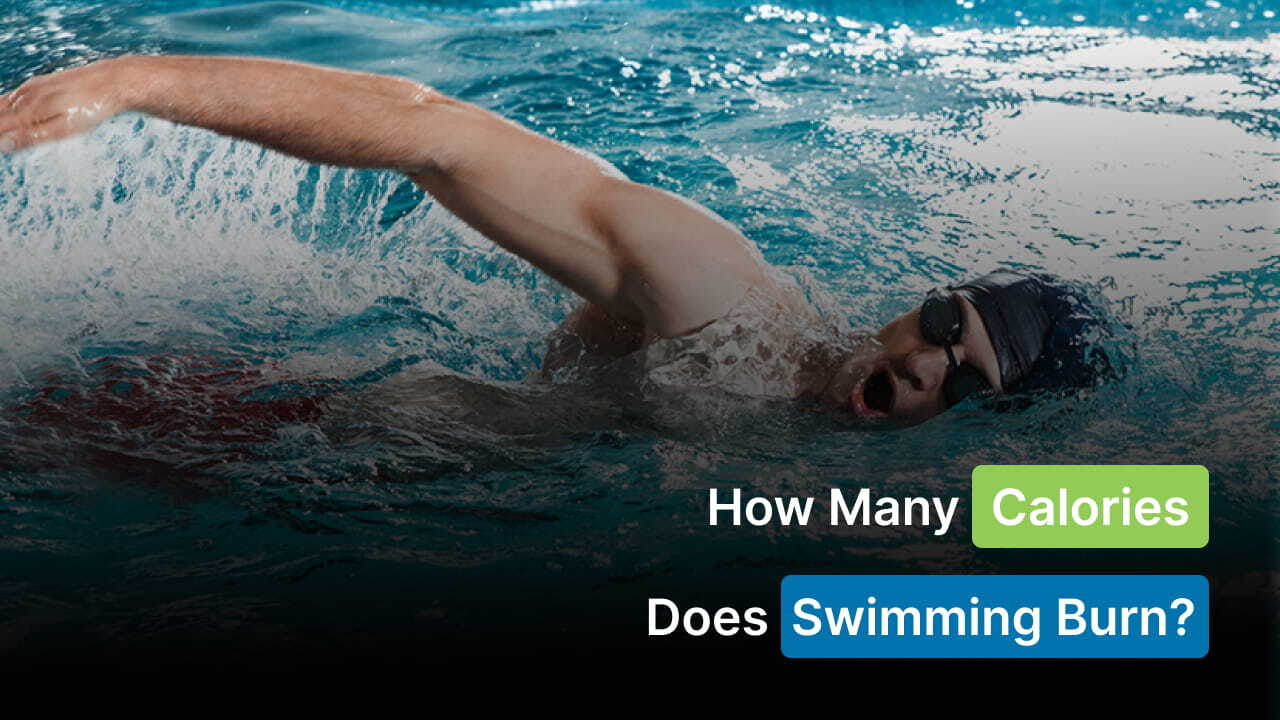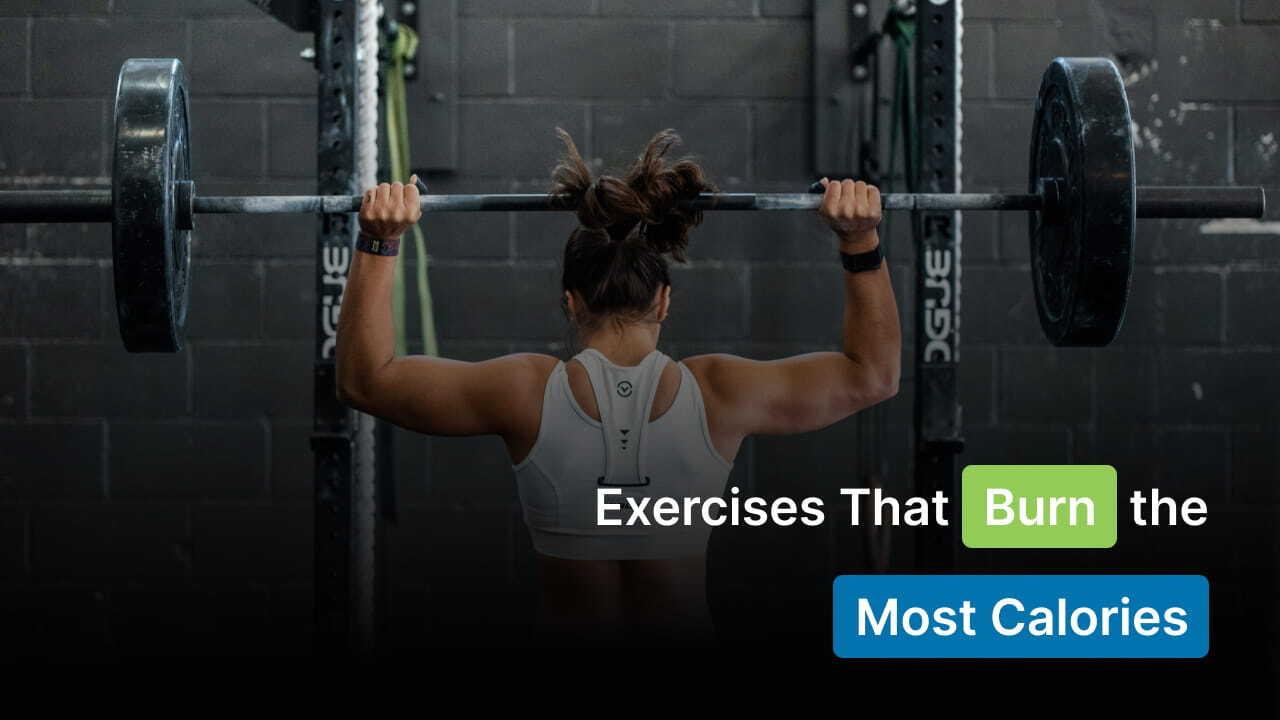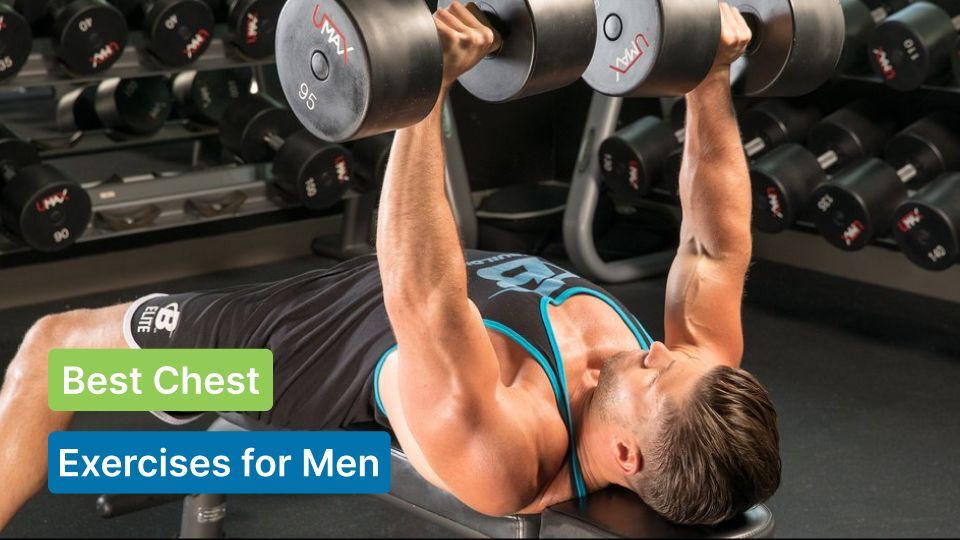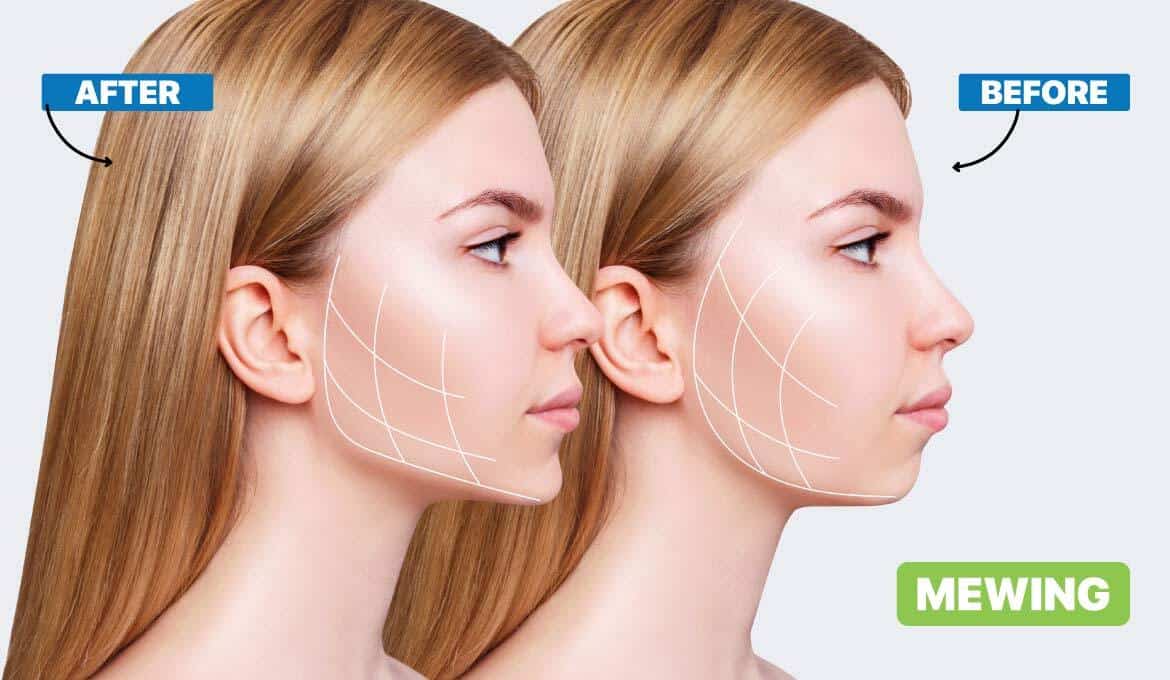
As kids, we all enjoyed swimming in a pool or beach. It's good for your heart, mind, and muscle tone, but did you also know that swimming can help you lose weight? Yes, swimming is a form of aerobic exercise that can be fun and advantageous at the same time. As a low-impact workout, swimming increases your heart rate, strengthens your upper and lower body muscles, and burns calories. But how many calories does swimming burn exactly? Knowing this can help you plan your workouts for weight loss, endurance, or overall health.
Well, let's find out in this article and explore the factors that contribute to the number of calories burned while swimming.
Does Swimming Burn Calories?
Before proceeding, let's first understand what a calorie is. Scientifically speaking, measuring one gram of water's temperature by one °C is called a calorie. Consider calories as the energy your body needs to burn to function and move around. This is a simple way to conceptualize how our bodies use calories.
Calories are units of energy. Burning them involves our metabolism, activity level, and individual body traits. Basal metabolic rate (BMR) is the number of calories your body needs to perform basic functions at rest, like breathing and circulation. Physical activities, like swimming, add to this baseline energy use.
Swimming Vs. Running
Most people are confused about whether running or swimming is better. Well, the exact number of calories you burn depends on your exercise intensity and duration. Some individuals, for instance, are more able to swim than to run. Swimming would then be a more effective way to burn calories in that situation. Running might be a better choice if you're looking for a speedy workout.
There's no shortage of ways to burn calories when swimming. You have the option to switch between swimming laps with various strokes, working out your entire body in the water with an aqua belt or wrist and ankle weights, or all three.
How Does Swimming Help In Burning Calories?
As you know, water provides plenty of resistance. When you're swimming, you're utilizing your entire body to fight against that resistance in order to swim. As swimming is categorized as a total body workout, it allows you to fully engage both your upper and lower bodies, reaping the benefits of the activity that enhances heart rate and burns calories.
The reason swimming is better than other exercises like running, walking or cycling is because swimming is low-impact. Such workouts are useful if you're getting older, unfit, or prone to some body pain. Apart from that, swimming increases the rate of metabolism, which means you'll have an increased energy level. This, in turn, helps you burn more calories during times of activity and rest.
Metabolic Equivalent of Task (MET) Values
Let’s understand the science behind calorie burning and swimming. MET values estimate energy use for different activities. One MET is the energy spent at rest. For example:
- Leisurely Swimming: 3.5 METs
- Moderate Freestyle Swimming: 7 METs
- Vigorous Freestyle Swimming: 8.3 METs
- Butterfly Stroke: 11 METs
- Backstroke: 5.5 METs
Here’s the formula to calculate calories burned in one minute:
Calories burned per minute = MET value×body weight in kg×0.0175\text{Calories burned per minute} = \text{MET value} \times \text{body weight in kg} \times 0.0175Calories burned per minute=MET value×body weight in kg×0.0175
Example Calculation
For a 70 kg person swimming vigorously (8.3 METs):
Calories burned per minute=8.3×70×0.0175 ≈ 10.2\text{Calories burned per minute} = 8.3 \times 70 \times 0.0175 \approx 10.2 Calories burned per minute=8.3×70×0.0175≈10.2
So, over a 30-minute session:
Total calories burned=10.2×30=306\text{Total calories burned} = 10.2 \times 30 = 306
Total calories burned=10.2×30=306
This matches the earlier estimates and shows how a person’s weight and activity intensity affect calorie burn.
How Many Calories Does Swimming Burn?
Of course, the number of calories you burn throughout a session depends on its length and intensity. Mixing up your workouts with different strokes, intensities, and tempos is a simple way to make your sessions more varied and increase the number of calories burned.
First, it's important not to adapt your body to the effort, or you will lose fewer calories than before. Habits can be formed quickly, and things can soon become extremely easy. Furthermore, changing the stroke allows you to work all parts of your body uniformly. Switching 2 to 3 strokes during the same exercise allows all your muscle groups to work effectively, thus burning all the more calories.
According to ACE, during a 30-minute swimming or running workout, a person who weighs 175 lbs might burn:
- Swimming at a casual pace: 277 calories
- Swimming at a vigorous pace: 396 calories
Here's what research says about swimming at moderate levels:
- Front Crawl – 976 calories/ hour
- Backstroke – 500 calories/ hour
- Breaststroke – 400 calories/ hour
- Freestyle – between 540 and 750 calories/ hour
- Aqua aerobics – between 400 to 500 calories/ hour
- Butterfly – 450 calories/ 30 minutes.
So you can see that swimming for an hour can burn a good amount of calories.
What Are The Factors That Affect How Many Calories You Burn When Swimming?
Don't get trapped with these figures, though. They are not exact. How many calories you burn while swimming depends on various factors, including:
1. Your current weight
This is very obvious. Your weight plays a big role in how much you burn. The heavier you weigh, the more effort is required to move your body and the more calories you burn. A person with more weight will burn more calories than a lighter person since lifting a heavier body requires more energy than lifting a smaller one. Which the METs formula indeed accounts for.
Note, however, that a heavy body will also increase the surface area in the water and hence the drag resistance. Greater resistance requires more work to push through, which raises heart rate and increases caloric expenditure when there is a higher drag. This means that as you get closer to your goal, you will need to crank things up a notch, which can be extremely encouraging at the beginning of your weight loss journey.
2. Your Metabolism
Then comes your metabolism. Your metabolism is the speed at which your body uses calories as fuel. This rate rises with exercise, increasing your caloric expenditure. Many factors, such as gender, body composition, and, most crucially, level of effort, affect how many calories you burn and how long your metabolism stays raised.
3. Your stroke
This is another factor that affects how much you burn while swimming. Stroke is basically the method of moving the arms and legs to push against the water and propel the swimmer forward. Since the butterfly burns the most calories, it's likely the hardest and most sophisticated stroke. The stroke requires a significant amount of complete body muscular engagement, particularly in the upper back and core, as you are also doing a dolphin kick and raising your arms to full overhead.
Swimming burns more calories at a crawl than it does at a swim. You're kicking every time you execute a stroke. That is the ideal combination to burn a lot of calories. The caloric output of the backstroke and the breaststroke are roughly identical. Even though these two strokes are slower, you can still burn calories by using the right form.
4. The intensity of the workout
How fast you move through the water also affects the number of calories you burn while swimming. Swimming more slowly expends less energy, which lowers the amount of calories burned. As a result, swimming faster requires more energy. By increasing resistance or drag with swim gear like pull buoys, pull paddles, parachutes, and bands, you may also enhance your energy output and burn more calories. What counts is the speed at which your body moves.
How Do You Track Them?
Today, many modern devices, such as smartwatches, can monitor your swimming exercises for you. In particular, watches and waterproof fitness trackers are designed specifically for swimming. The number of calories you burn while swimming can even be tracked with waterproof Smartwatches.
Since the display of calories burned on these devices is based on more specific data, such as your fitness profile, speed, and heart rate—which is determined by your pulse—it may be more customized. If you want to know how many calories you actually burn when swimming, we advise you to get an appropriate swimming fitness tracker or watch.
How To Burn More Calories While Swimming?
1. Develop more resistance
Studies show that the more calories you burn in the water, the more resistance you encounter, whether it comes from your own body or equipment. Try out equipment like hand paddles or fins, or copy the technique of swimming pros and wear a slightly looser swimsuit over your favorite Speedo (called a drag suit).
2. Include Intervals
Although you already know that swimming faster burns more calories, you don't need to run nonstop for 30 minutes to reap the rewards.
Experts recommend interval training as a way to increase stamina or when time is of the essence. For example, swim 30 seconds as hard as you can, then 60 seconds at a leisurely pace, and repeat. This approach to pool workout segmentation lets you optimize time and effort, boost performance, and burn calories—just like with high-intensity interval training on the track. Here's a quick tip: If you want to swim but aren't strong enough to swim for an hour, think about combining flippers with the kicking board you are holding out in front of you. Breathing is not a problem because your head is always above water, and your legs and butt receive an amazing workout.
Other Tips To Burn More Calories While Swimming
Here are a few tips to keep in mind:
- Mix up your swim strokes
- Increase intensity
- Use swimming equipment like kickboards, paddles, or fins to increase resistance and intensity.
- Gradually increase your duration
- Focus more on technique than duration
- Stay consistent
Final Note
Hopefully, this blog answered your question, “How many calories does swimming burn?” Swimming at a moderate pace for an hour can average burn 500–600 calories. In short, the longer and harder you swim, the more calories you burn. For the best results, stay consistent with your swimming routine. You should begin seeing weight loss within 30 days with a regular water workout.
If you're new to swimming or have an existing injury or health condition, speak to a healthcare professional before starting. Swimming intensely four times a week is sure to help you lose 2-4 pounds a month. The key is making it a habit.
FAQs
1. Which burns more calories, running or swimming?
Ans: Swimming burns more calories in a short period of time than running.
2. Is swimming a good way to lose weight?
Ans: Yes, swimming is a great way to burn calories and lose weight since all parts of your body are actively working against water resistance.
3. How long do you have to swim to burn 500 calories?
Ans: On average, 45 minutes to one hour of swimming at a moderate pace can burn 500 calories
4. Will I lose weight swimming three times a week?
Ans: If you swim for 30 minutes thrice a week, you can certainly lose some weight.
5. Is swimming better than gym?
Ans: Swimming is better than going to the gym if you're looking for a low-impact activity that engages multiple muscle groups and improves your cardiovascular fitness.
Also Read:














































